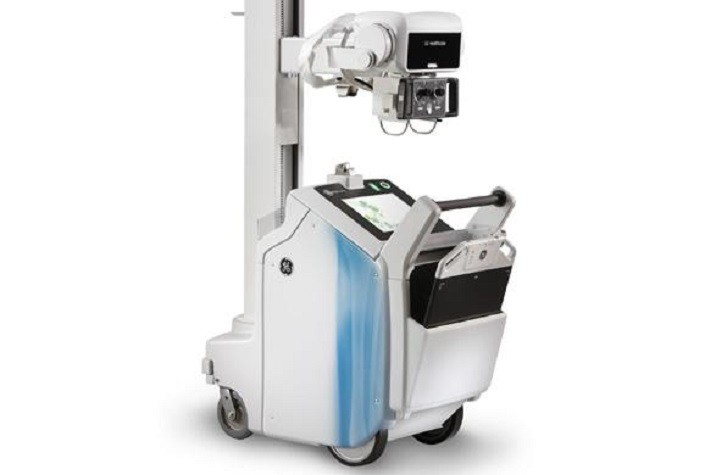X-ray detectors are used to measure varied properties of X-rays such as spatial distribution, flux, spectrum and others. With advancing technology and increasing demand for digital X-ray systems, the X-ray detectors require more robust structure with high transmission capability and temperature endurance, and resistant to ionizing radiations. X-rays consist of ionizing radiations, which are passed through the patient’s body and are absorbed by the internal organs. X-rays have been in use for non-invasive imaging of biological matters by passing high resolution radiations.
Download Sample PDF Brochure Of X-Ray Detectors
Digital radiography offers the potential of improved image quality as well as providing opportunities for advances in medical image management, computer-aided diagnosis and teleradiology. Image quality is intimately linked to the precise and accurate acquisition of information from the x-ray beam transmitted by the patient, i.e. to the performance of the x-ray detector. Detectors for digital radiography must meet the needs of the specific radiological procedure where they will be used. Key parameters are spatial resolution, uniformity of response, contrast sensitivity, dynamic range, acquisition speed and frame rate.
To obtain an image with any type of image detector the part of the patient to be X-rayed is placed between the X-ray source and the image receptor to produce a shadow of the internal structure of that particular part of the body. X-rays are partially blocked ("attenuated") by dense tissues such as bone, and pass more easily through soft tissues. Areas where the X-rays strike darken when developed, causing bones to appear lighter than the surrounding soft tissue.
Contrast compounds containing barium or iodine, which are radiopaque, can be ingested in the gastrointestinal tract (barium) or injected in the artery or veins to highlight these vessels. The contrast compounds have high atomic numbered elements in them that (like bone) essentially block the X-rays and hence the once hollow organ or vessel can be more readily seen. In the pursuit of nontoxic contrast materials, many types of high atomic number elements were evaluated. Unfortunately, some elements chosen proved to be harmful – for example, thorium was once used as a contrast medium (Thorotrast) – which turned out to be toxic, causing a very high incidence of cancer decades after use. Modern contrast material has improved and, while there is no way to determine who may have a sensitivity to the contrast, the incidence of serious allergic reactions is low.








